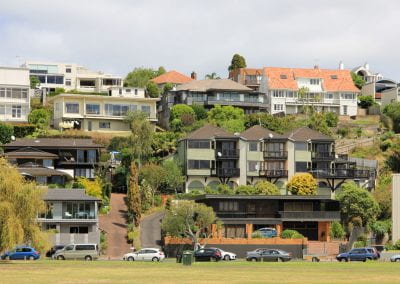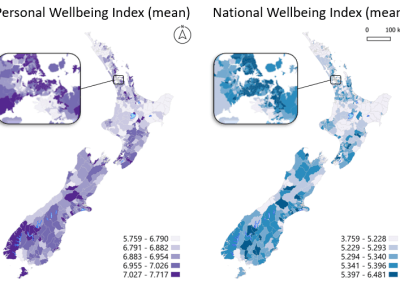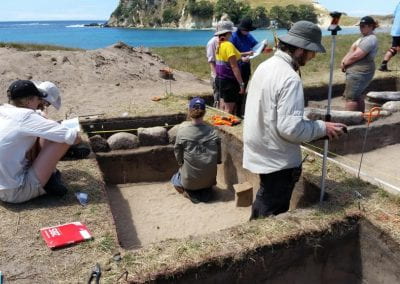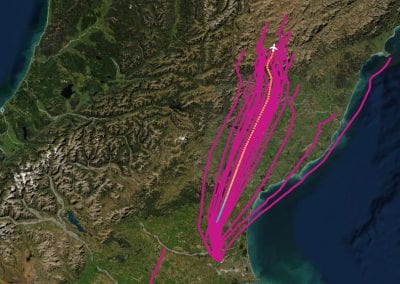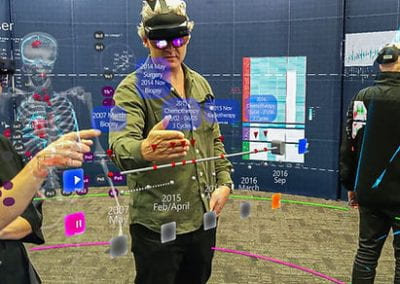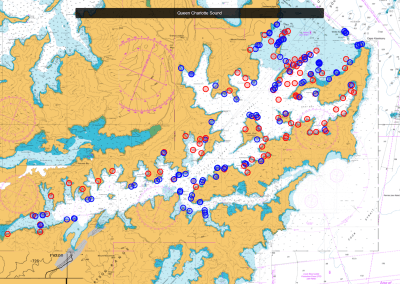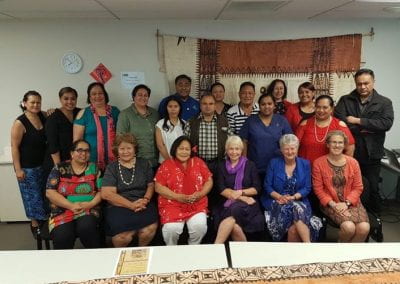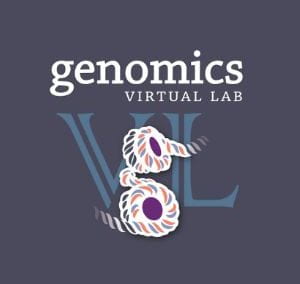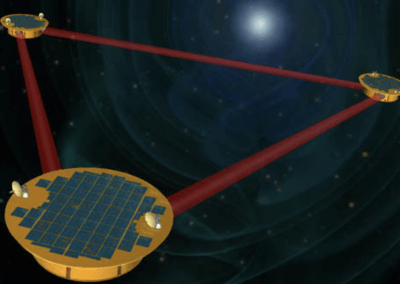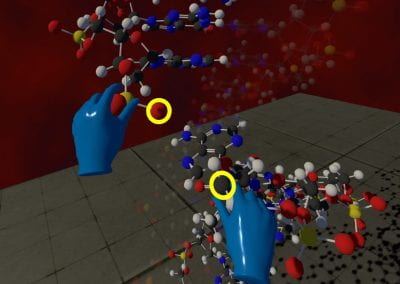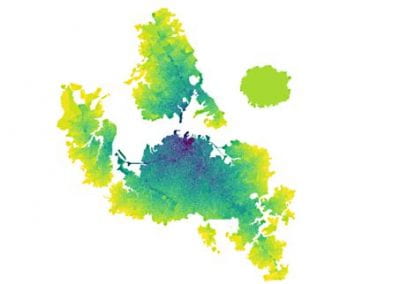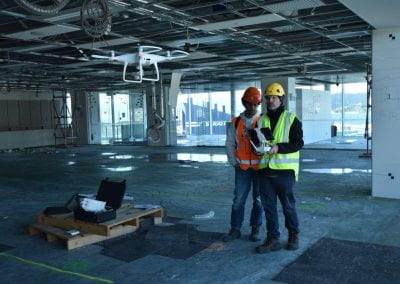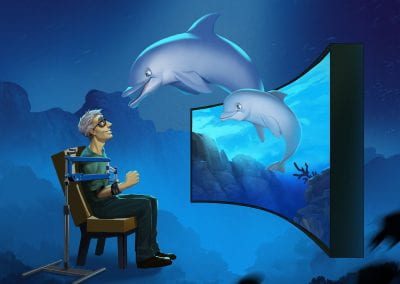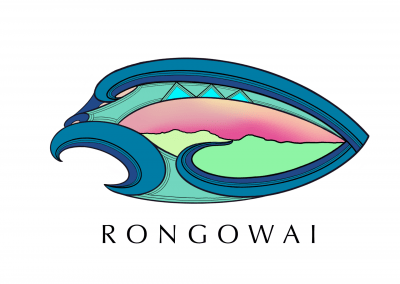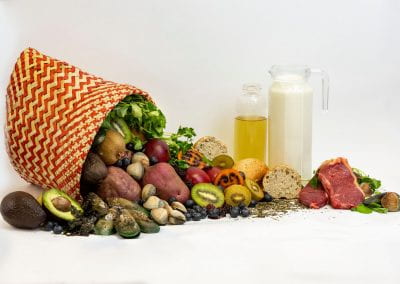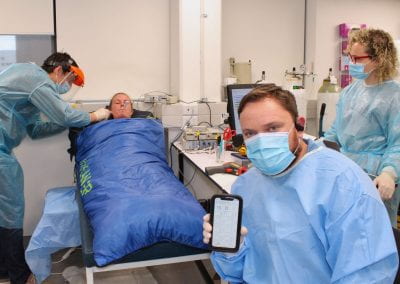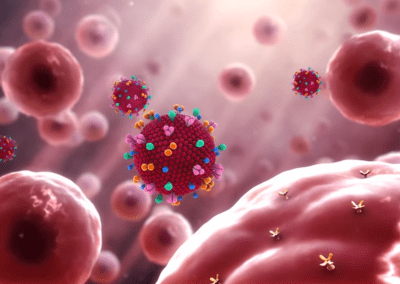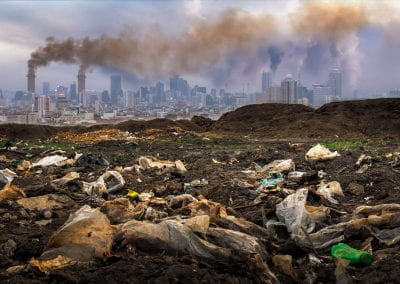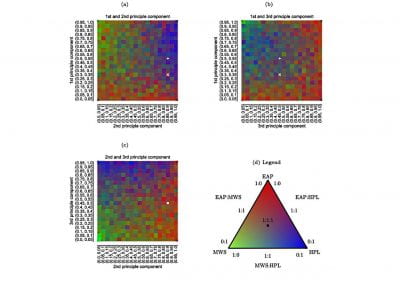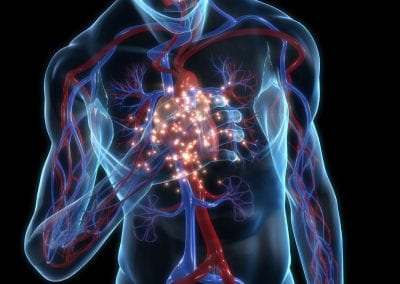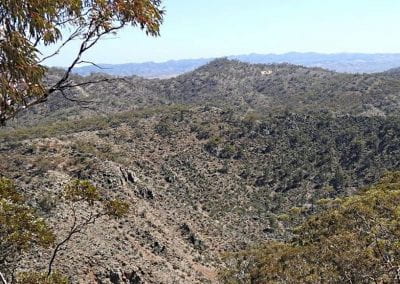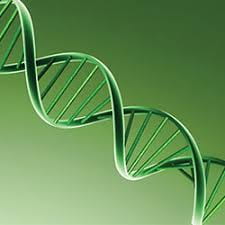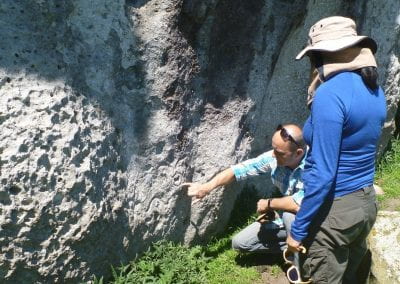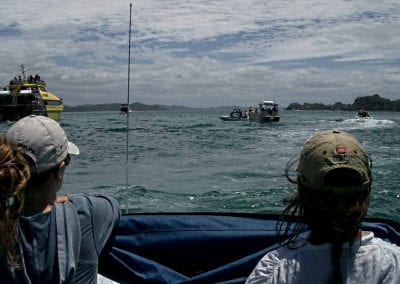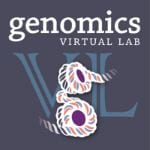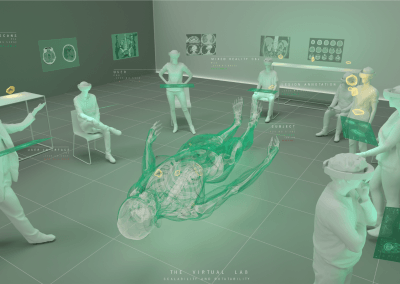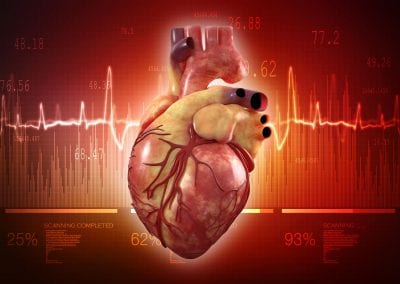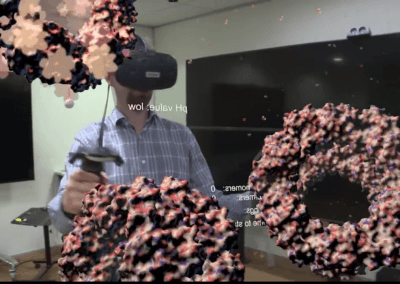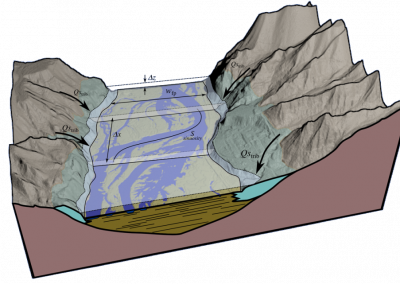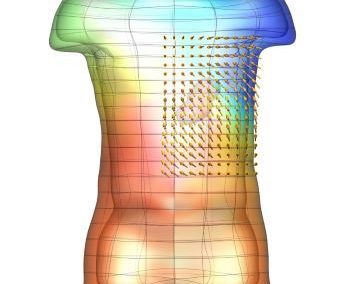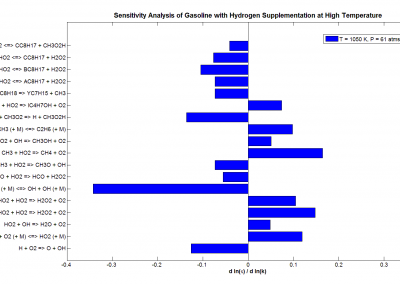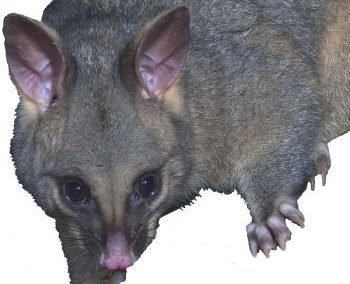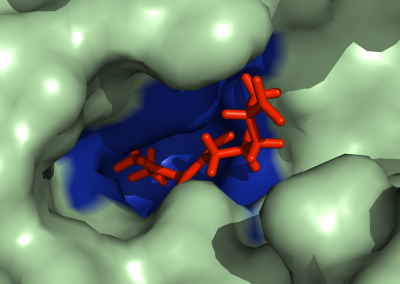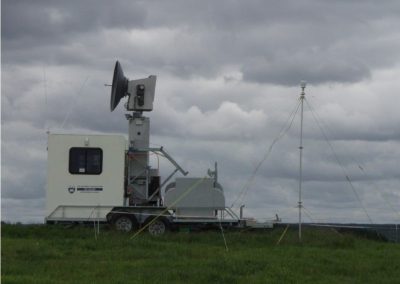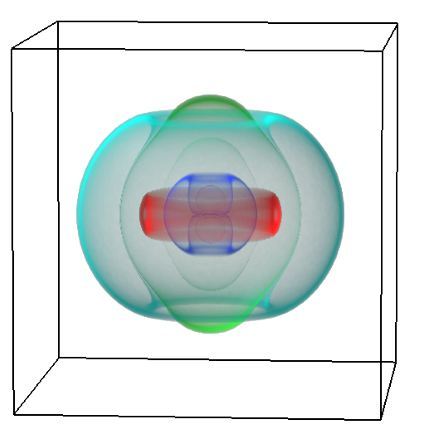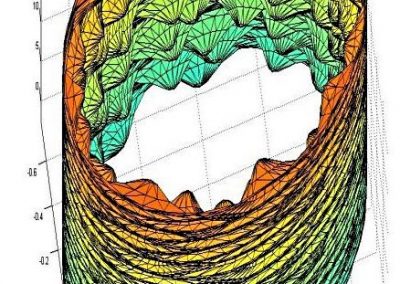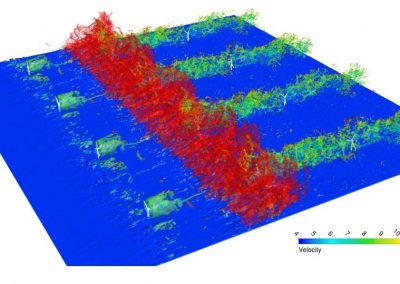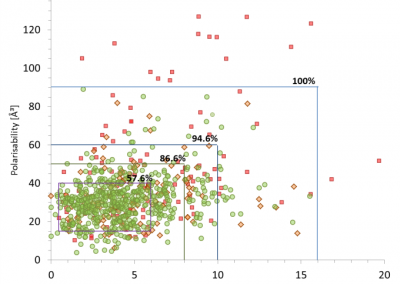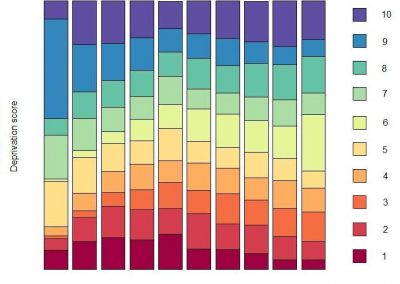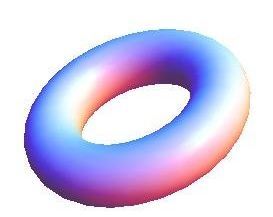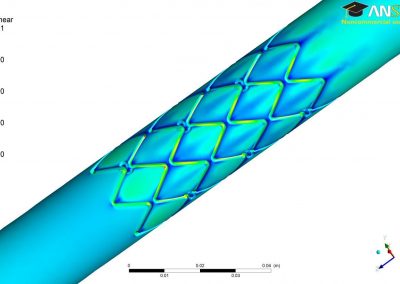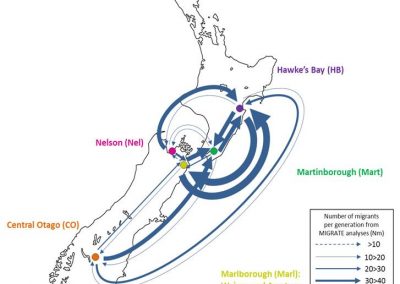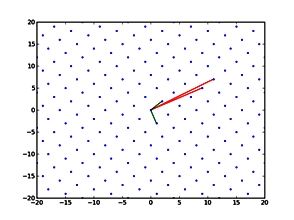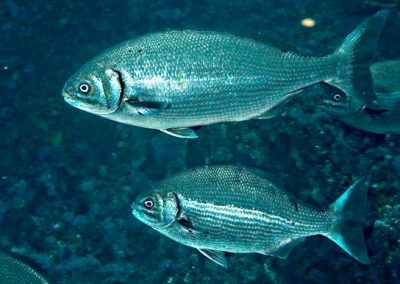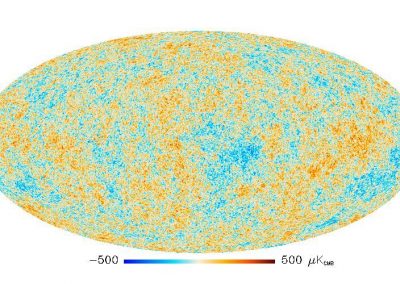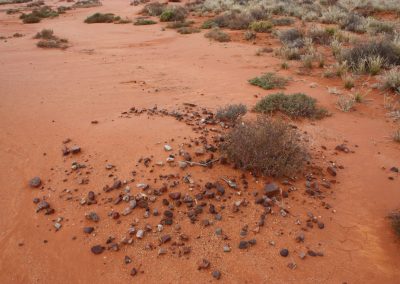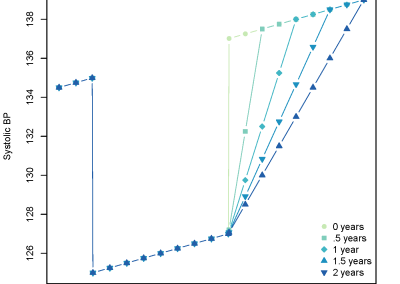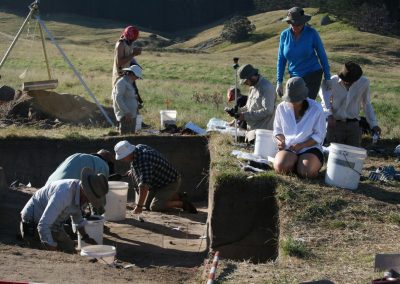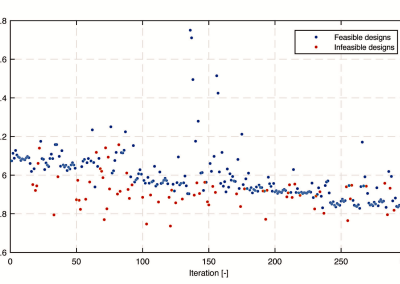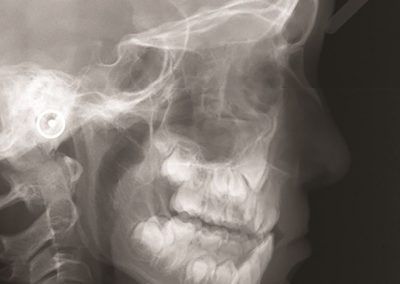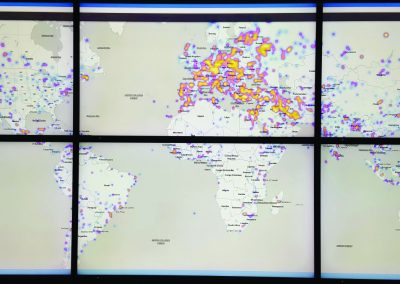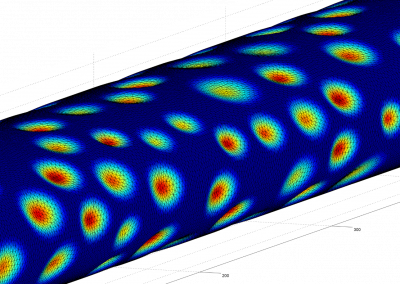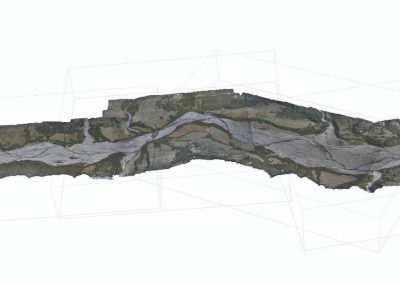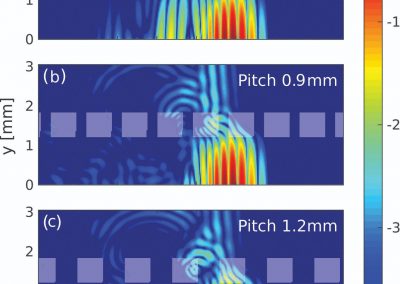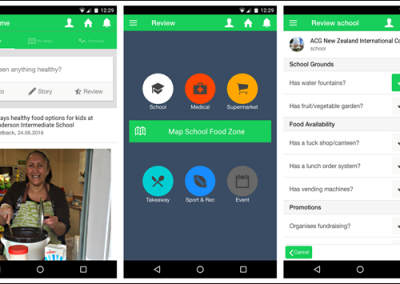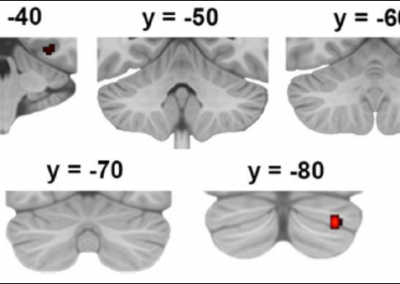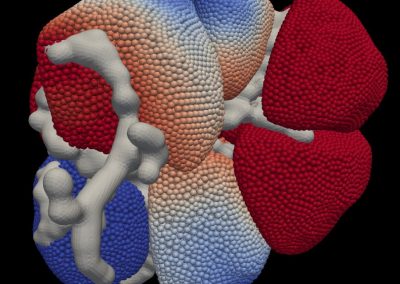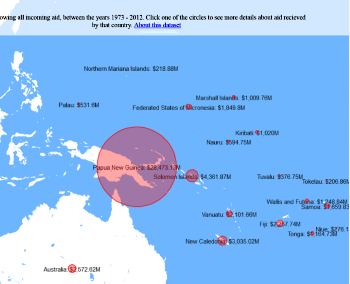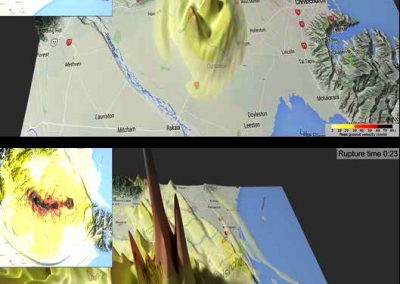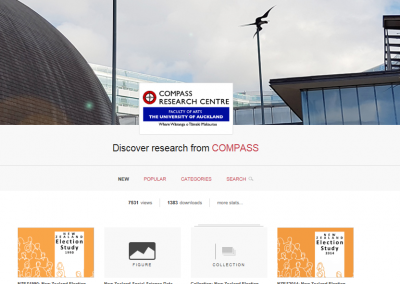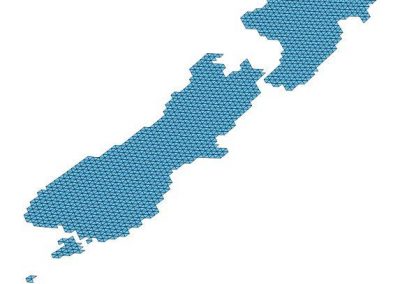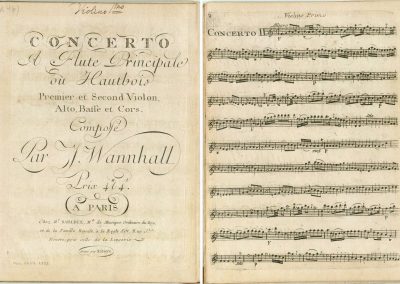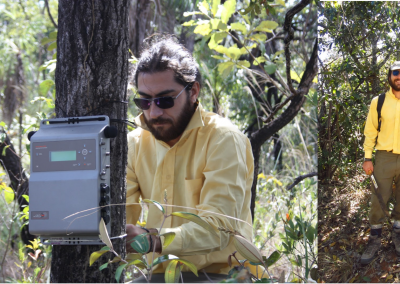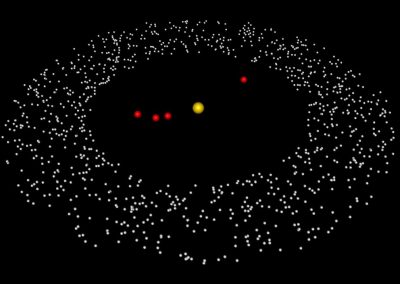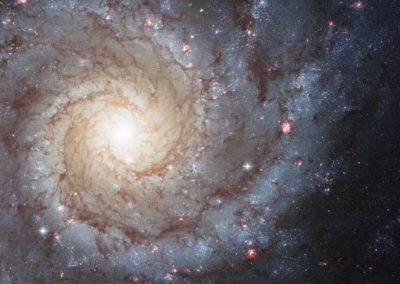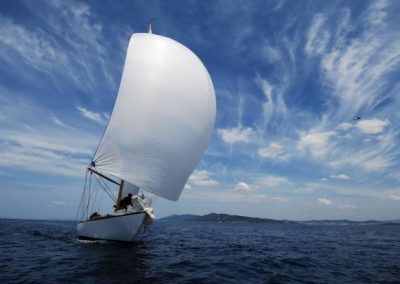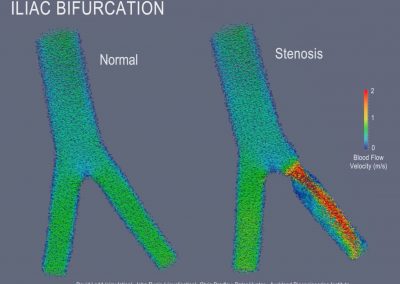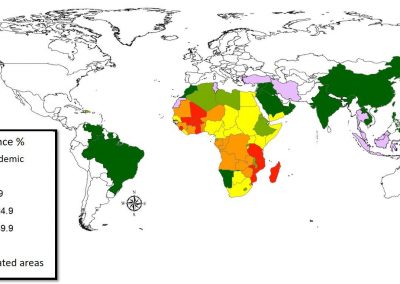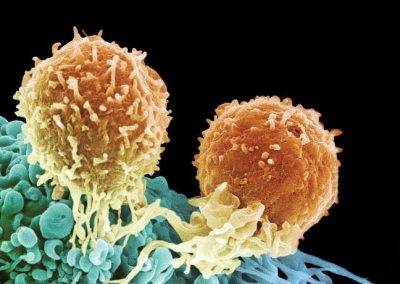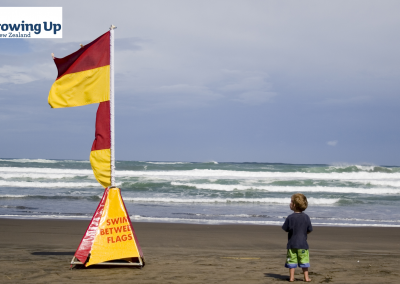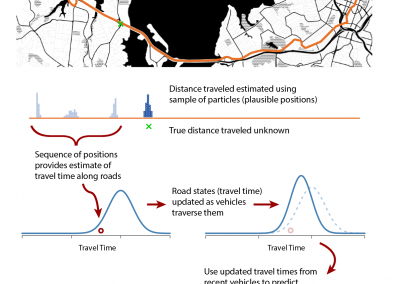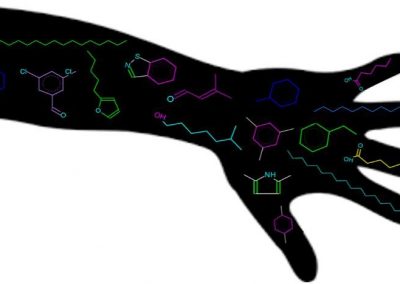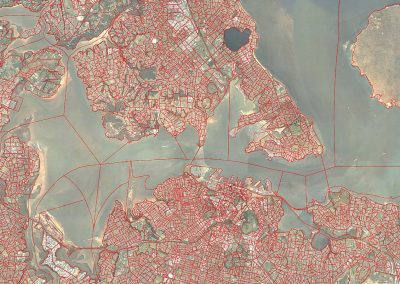
Rapid monitoring of infrastructural health using remote sensing
Dr Lucas Hogan. Lecturer, Dr Max Stephens, Lecturer, Civil and Environmental Engineering, Dr Chris Seal, Centre for eResearch
Aotearoa, New Zealand, and the Ring of Fire
Located on the Pacific ‘Ring of Fire’, Aotearoa is a seismically active country, experiencing on the order of 15,000 earthquakes every year. While only a small fraction of these is large enough to be felt, this still leads to around 100 earthquakes of this magnitude every year. Historically, several magnitude 6 earthquakes can be expected to affect Aotearoa, New Zealand every year. (https://www.gns.cri.nz/Home/Learning/Science-Topics/Earthquakes/New-Zealand-Earthquakes).
Photogrammetry
Photogrammetry is defined as the science and technology of making measurements using photographic images and has found use across the electromagnetic spectrum. With appropriate calibration, accurate measurements of surface features can be made and there are a range of software tools that can be used to facilitate this process.
Structural damage assessment
Research in the Faculty of Engineering is leveraging photogrammetry and remote sensing platforms, specifically cameras mounted on drones, to enable rapid monitoring of damage to infrastructure in response to this challenge. Images captured by these drones can be compiled to form a 3D model of the structure complete with evidence of surface damage that is indicative of the state of health of the structure assessed. This requires the use of software and GPU-enabled compute to create the 3D model which is often beyond the capabilities of a typical desktop. Once 3D reconstruction is completed, these models can then be exported and traditional image processing techniques can be utilized to identify cracks and other damage.
Open source software and GPU enabled compute
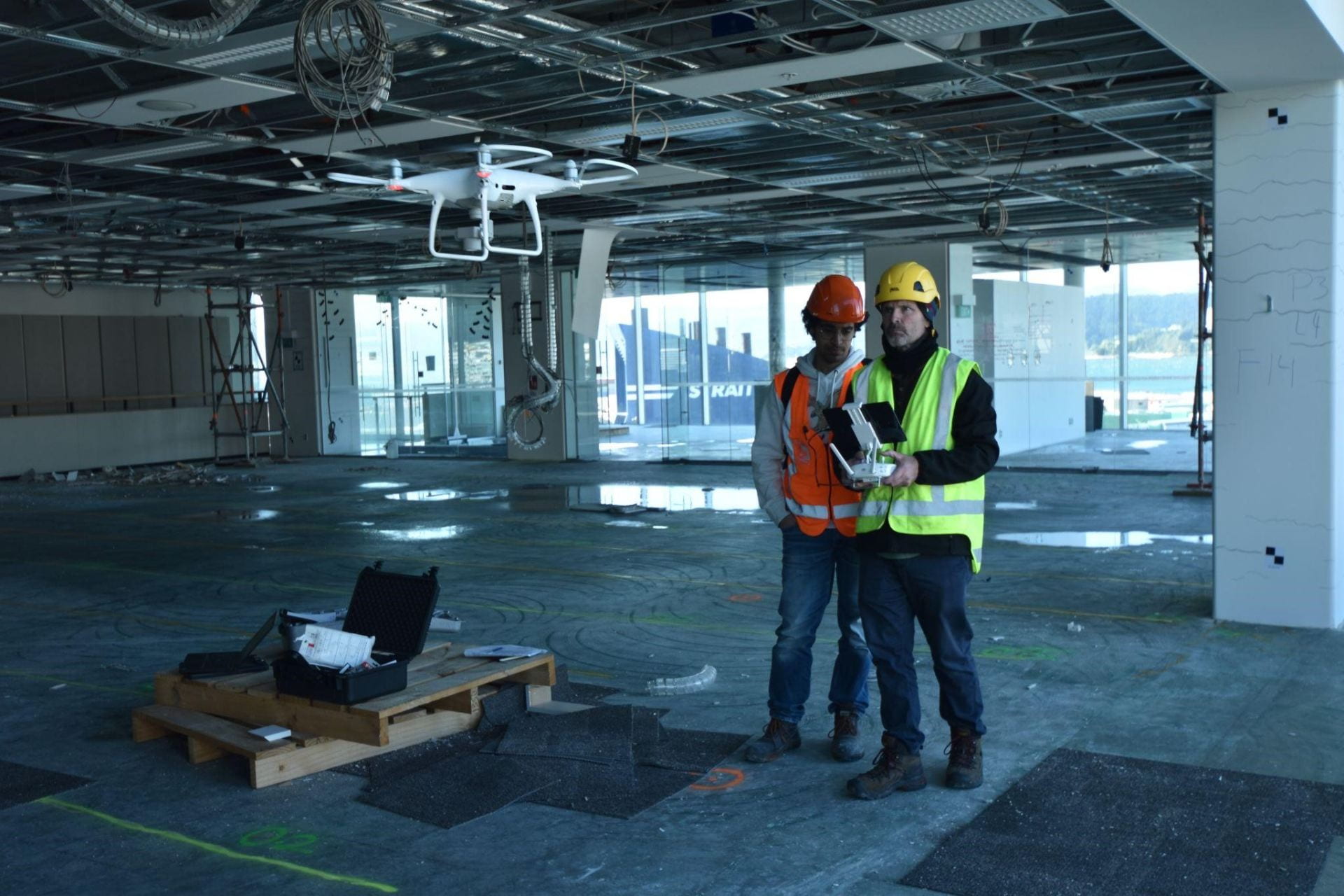
Drone in use capturing images for reconstruction.
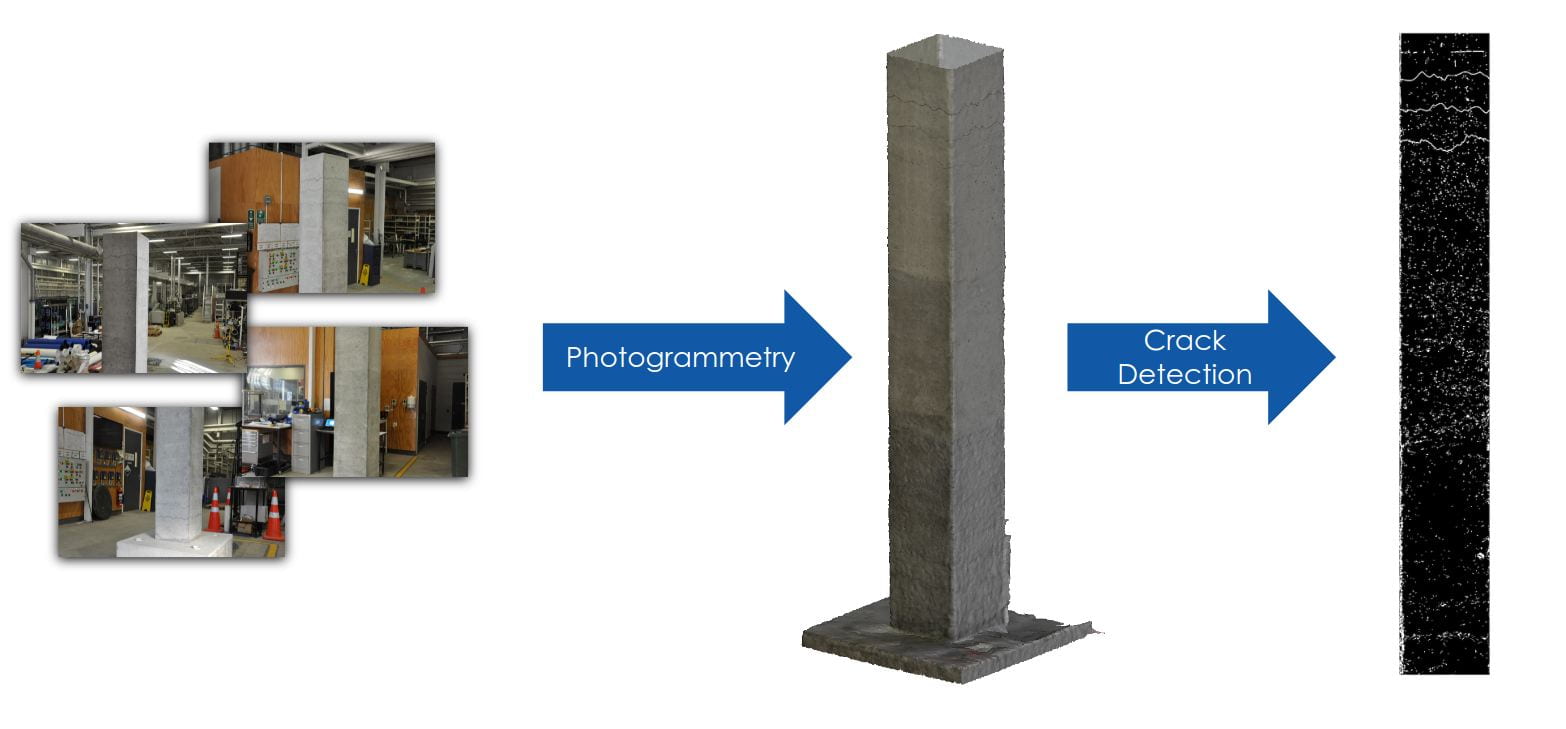
Overview of the crack detection process

Crack detections at different tolerance levels, using the Canny Method
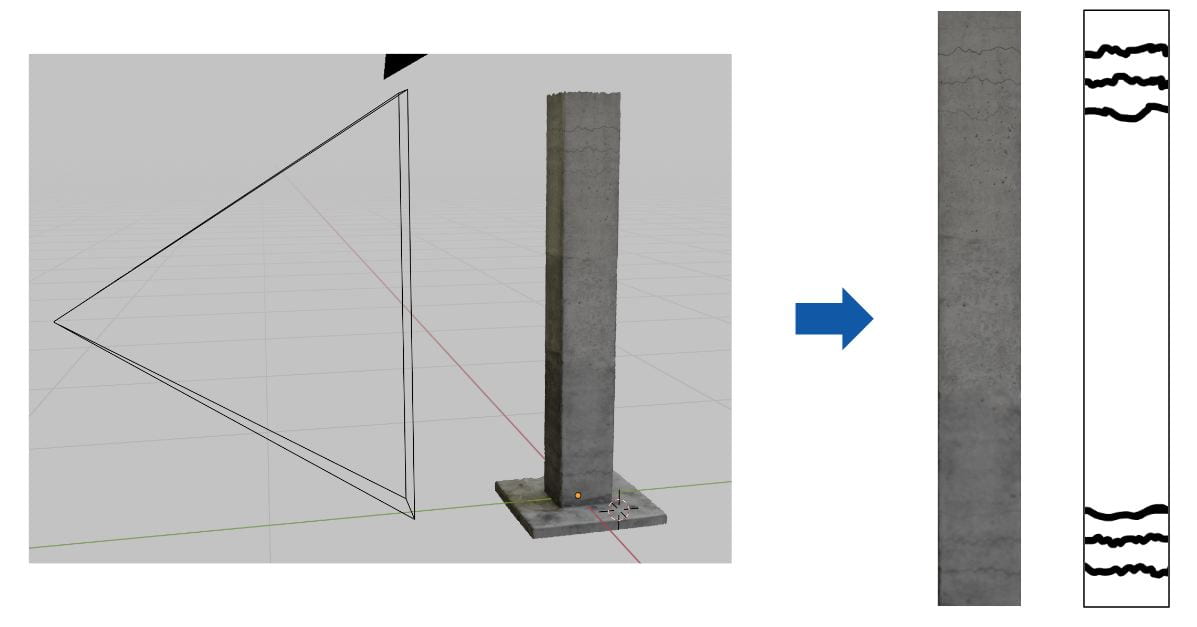
Face rendered from 3D reconstruction using Blender
See more case study projects

Our Voices: using innovative techniques to collect, analyse and amplify the lived experiences of young people in Aotearoa

Painting the brain: multiplexed tissue labelling of human brain tissue to facilitate discoveries in neuroanatomy
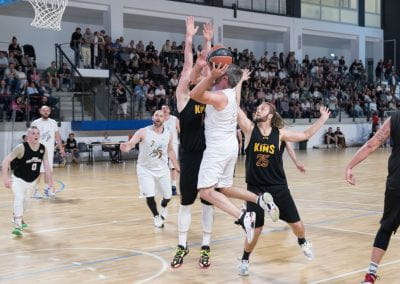
Detecting anomalous matches in professional sports: a novel approach using advanced anomaly detection techniques
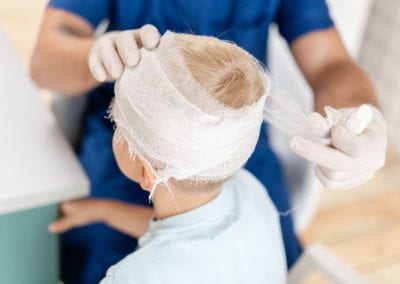
Benefits of linking routine medical records to the GUiNZ longitudinal birth cohort: Childhood injury predictors
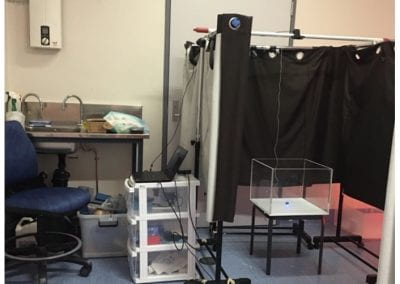
Using a virtual machine-based machine learning algorithm to obtain comprehensive behavioural information in an in vivo Alzheimer’s disease model
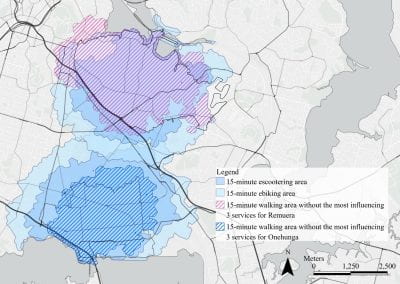
Mapping livability: the “15-minute city” concept for car-dependent districts in Auckland, New Zealand

Travelling Heads – Measuring Reproducibility and Repeatability of Magnetic Resonance Imaging in Dementia
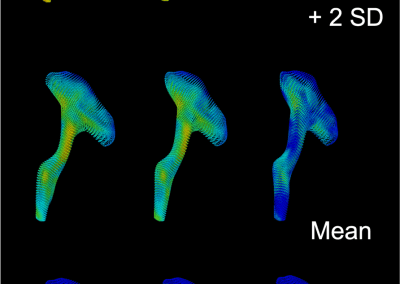
Novel Subject-Specific Method of Visualising Group Differences from Multiple DTI Metrics without Averaging

Re-assess urban spaces under COVID-19 impact: sensing Auckland social ‘hotspots’ with mobile location data

Aotearoa New Zealand’s changing coastline – Resilience to Nature’s Challenges (National Science Challenge)
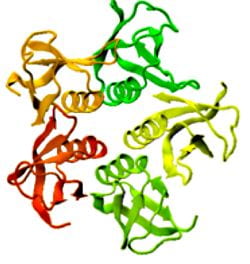
Proteins under a computational microscope: designing in-silico strategies to understand and develop molecular functionalities in Life Sciences and Engineering
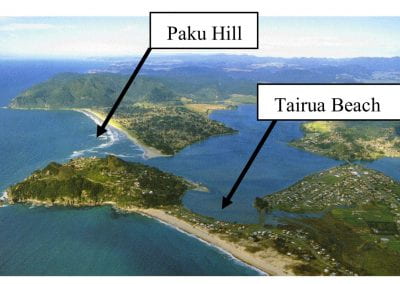
Coastal image classification and nalysis based on convolutional neural betworks and pattern recognition
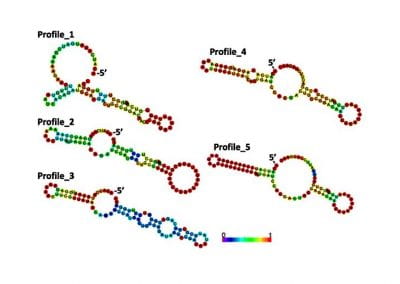
Determinants of translation efficiency in the evolutionarily-divergent protist Trichomonas vaginalis
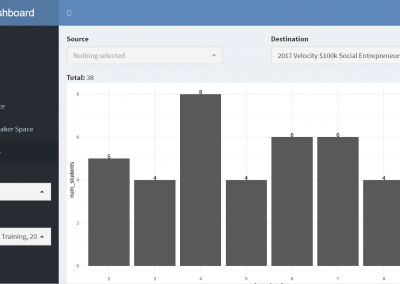
Measuring impact of entrepreneurship activities on students’ mindset, capabilities and entrepreneurial intentions
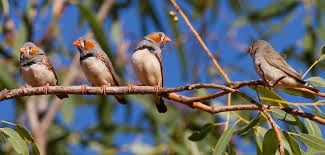
Using Zebra Finch data and deep learning classification to identify individual bird calls from audio recordings
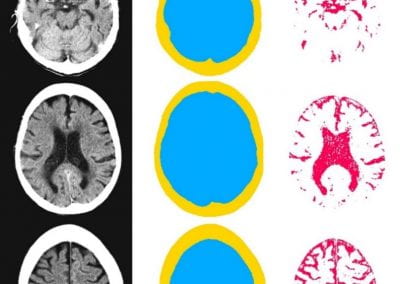
Automated measurement of intracranial cerebrospinal fluid volume and outcome after endovascular thrombectomy for ischemic stroke

Using simple models to explore complex dynamics: A case study of macomona liliana (wedge-shell) and nutrient variations
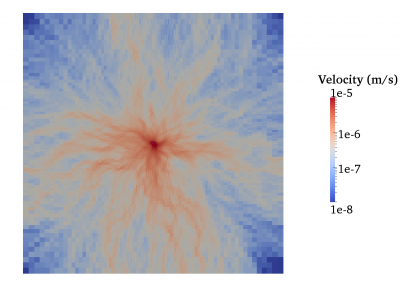
Fully coupled thermo-hydro-mechanical modelling of permeability enhancement by the finite element method

Modelling dual reflux pressure swing adsorption (DR-PSA) units for gas separation in natural gas processing
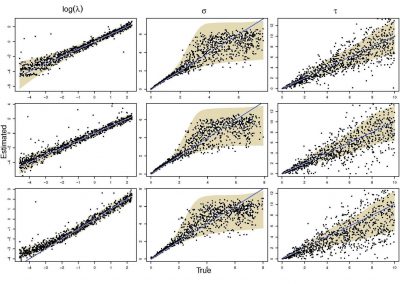
Molecular phylogenetics uses genetic data to reconstruct the evolutionary history of individuals, populations or species
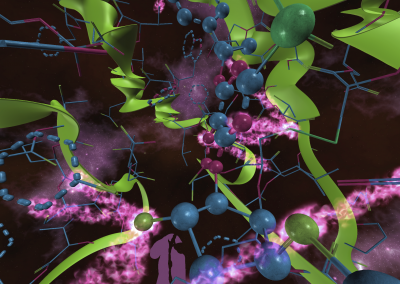
Wandering around the molecular landscape: embracing virtual reality as a research showcasing outreach and teaching tool













